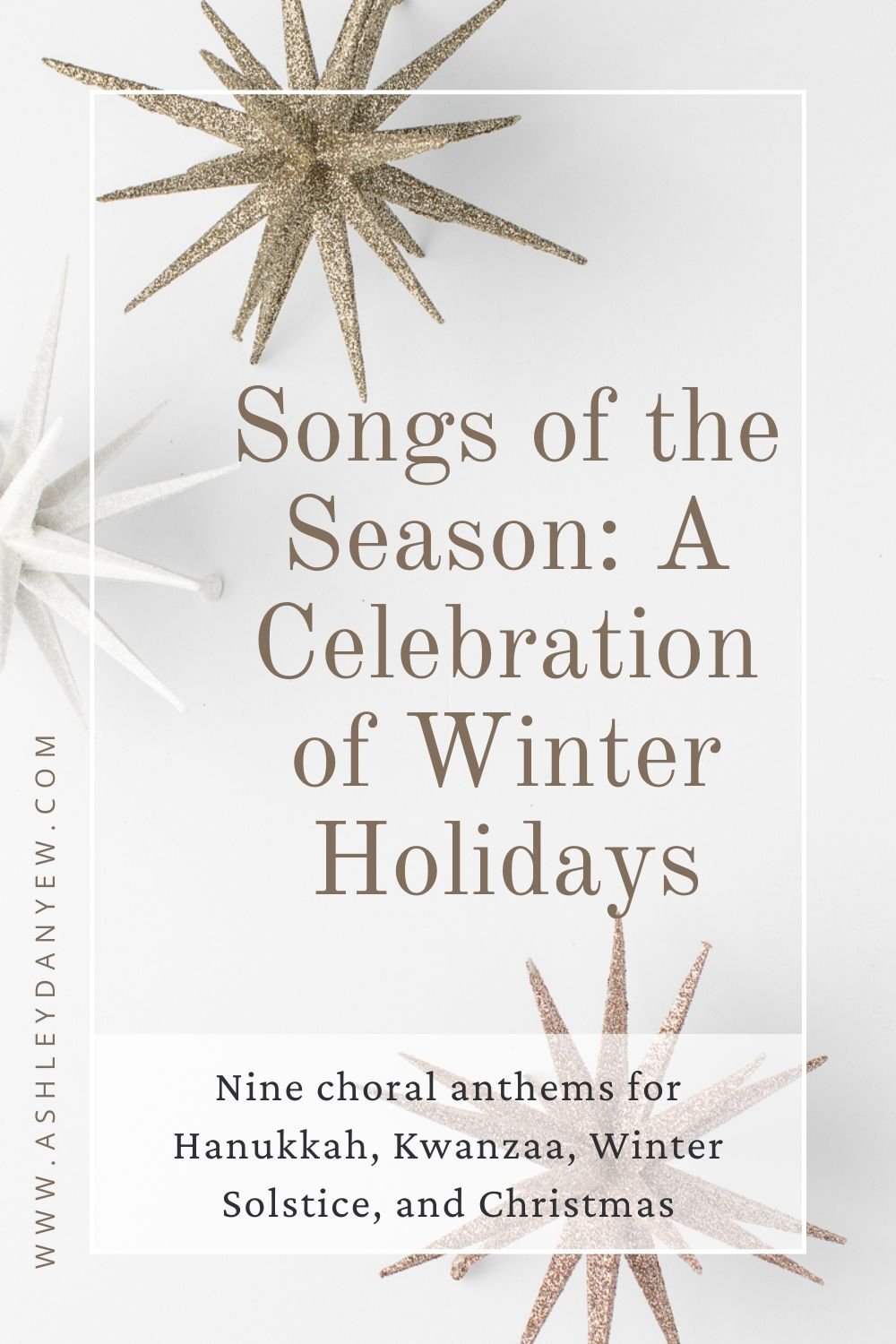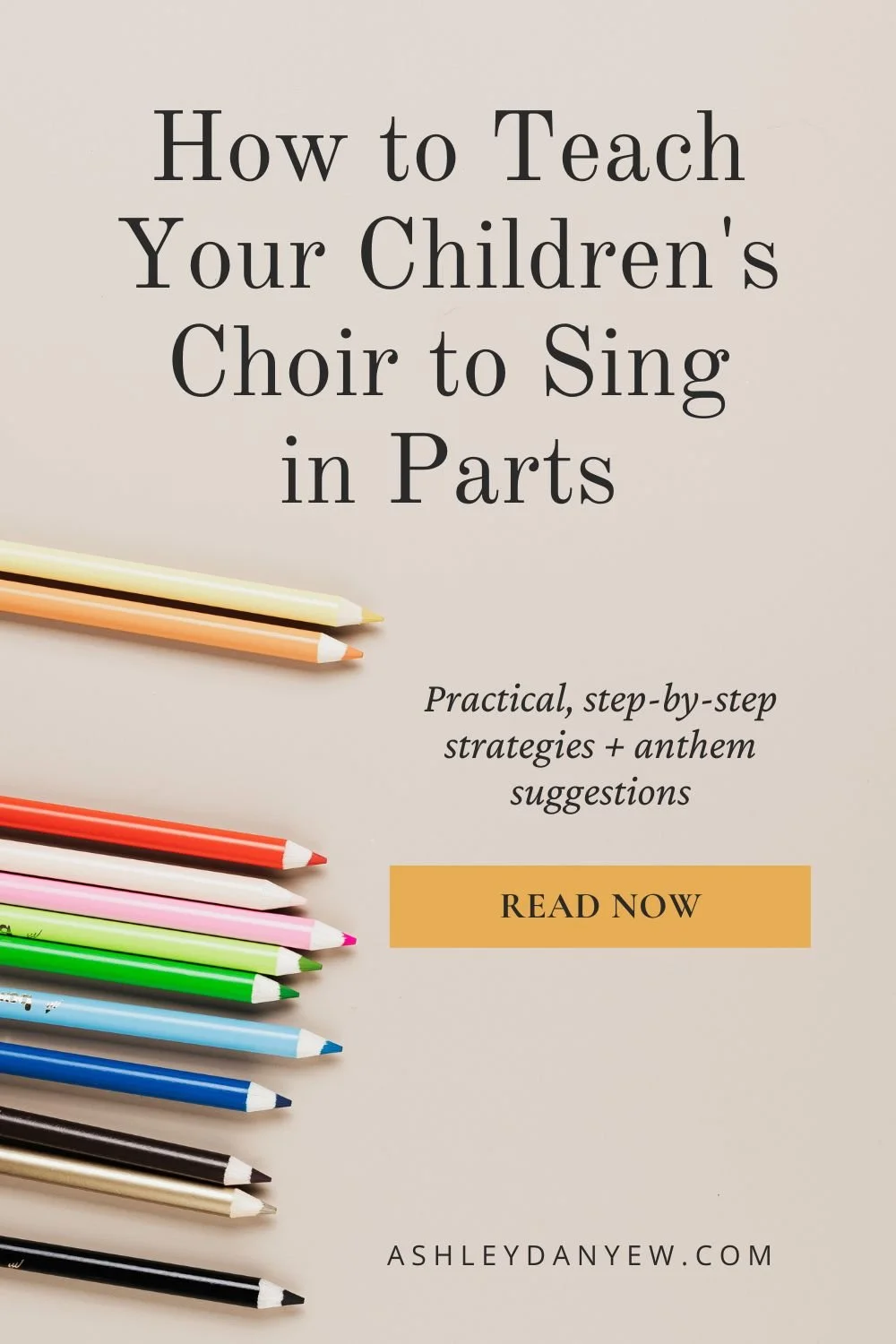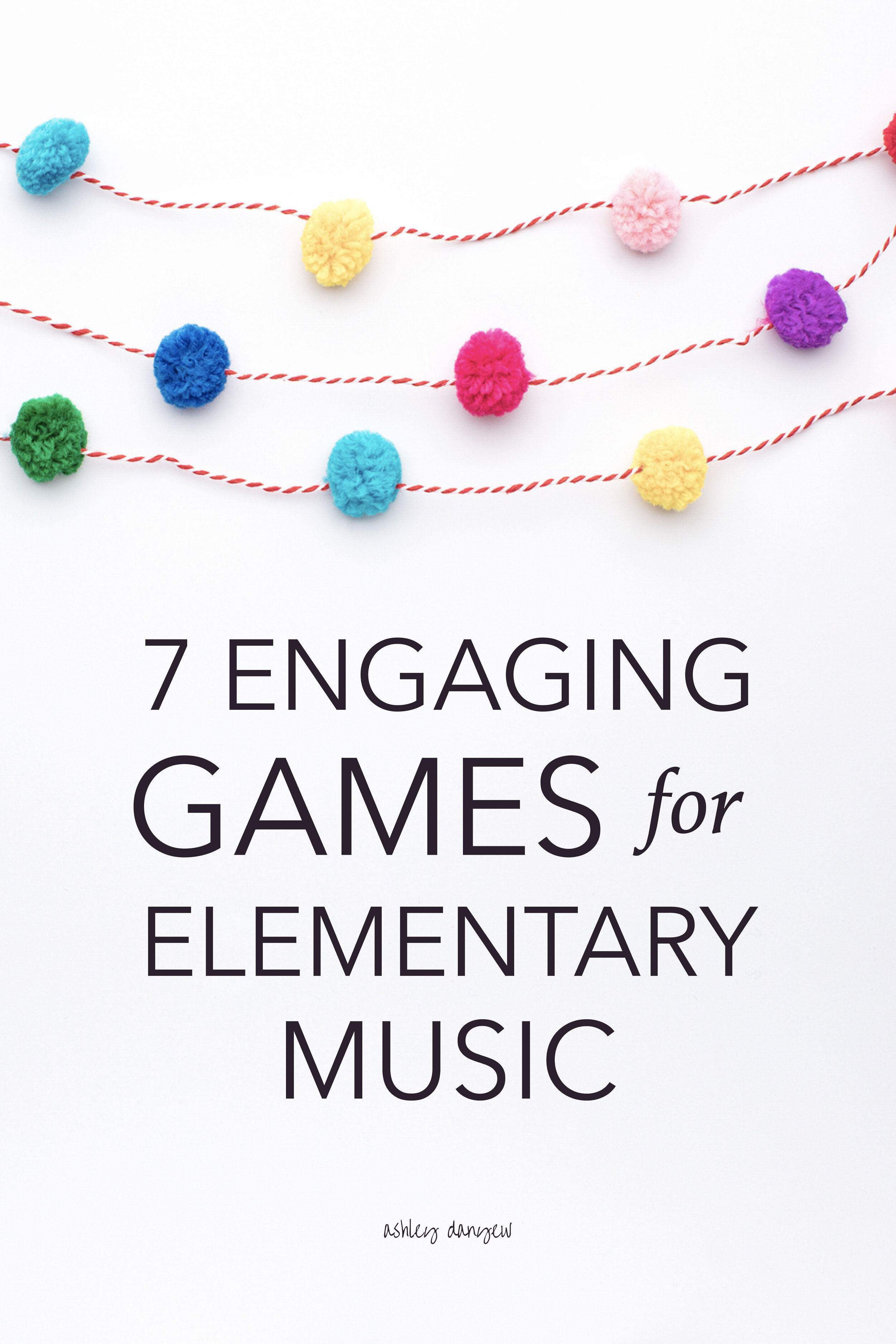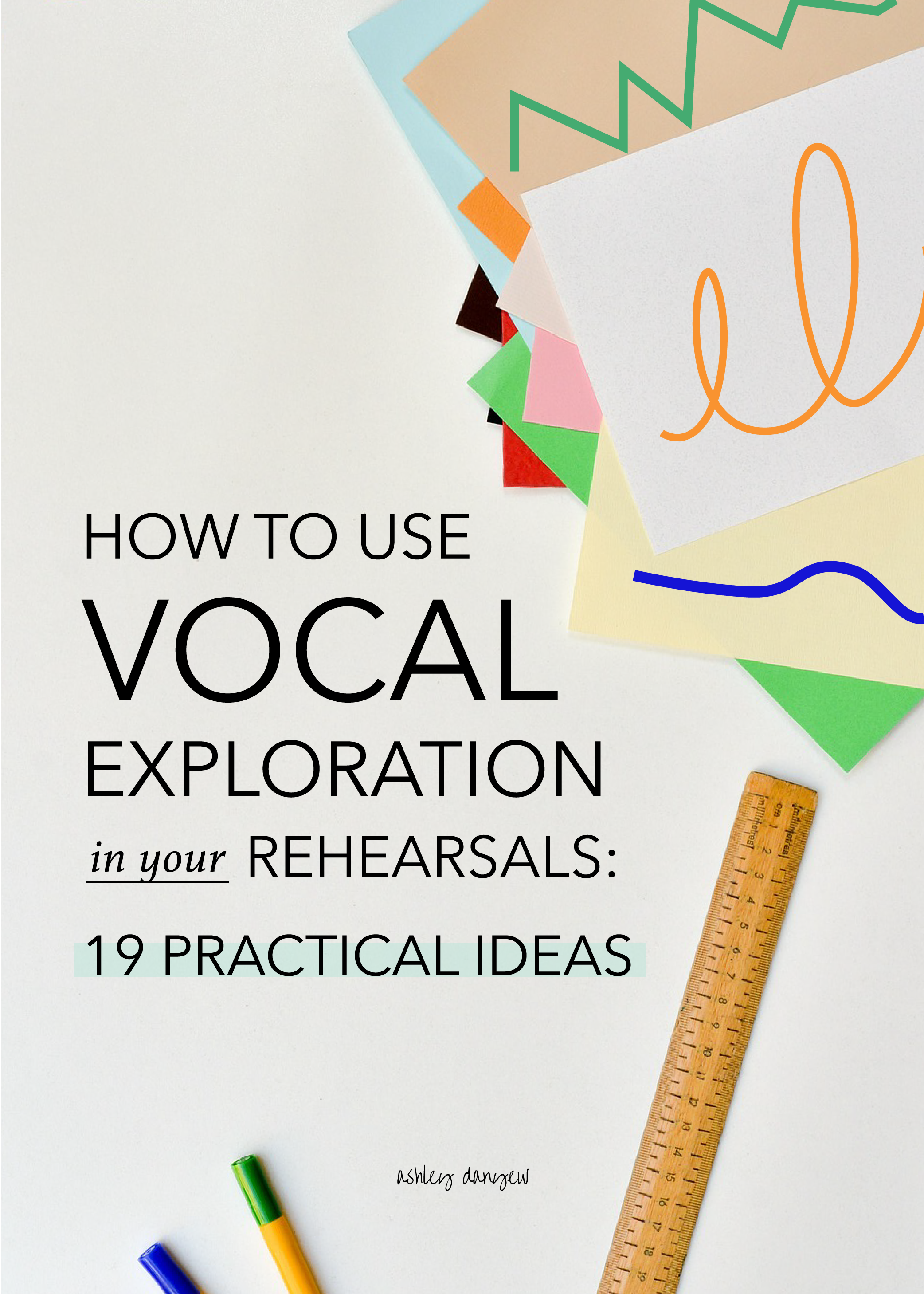Over the past month, or so, I’ve been putting together a few lists of what to teach when in children’s choir. Here are the links for the other posts in this series, in case you missed them:
What to Teach When: Younger Elementary (K-2nd grade)
What to Teach When: Older Elementary (3rd-5th grade)
Today, I’m going to talk about what to teach when in preschool choirs.
There’s no denying it: preschool choirs are pretty adorable. Watching them sing and do hand motions and wave to mom and dad is both sweet and heart-warming. But, if you’ve ever worked with preschool-age children, you know that leading a group of little singers each week takes a lot of thought, care, and intentional planning (and energy!).
Related Post: How to Create a Seamless, Joyful Experience for Your Preschool Choir
Preschool choir rehearsals often have lots of vocal exploration, steady beat movement activities, musical play (with instruments and story-telling), and lots of opportunities to experience musical contrasts: fast vs. slow, high vs. low, soft vs. loud, short vs. long.
Try to include props (beanie babies, balls, stuffed animals, parachute, other objects mentioned in songs you’re singing) and visual illustrations (picture cards, colored charts, shapes, etc.) as much as you can. You might even incorporate a musical story from time to time. Here’s a great round-up of rhyming books you can sing.
It’s more than just looking cute when they sing in church on Sunday. Choir offers numerous opportunities to plant small seeds of faith in these young children throughout the year and help develop their musical skills through singing, playing, moving, listening, and responding to music in creative ways. Here are some things you can do with your preschool choir this year:
What Musical Skills to Teach in Preschool
Children in preschool are musical explorers. They love to sing, dance, play, move, and experience music with their whole selves.
Rhythm
respond to sound vs. silence by starting and stopping movement with music
identify and respond to long vs. short sounds (use picture cards to illustrate)
demonstrate strong and weak beats through movement or by playing instruments
recognize repeated rhythmic patterns (use picture cards to illustrate)
respond to steady beat through movement (alone, with a partner, and as a whole group)
pass an object (ball, bean bag, etc.) around a circle to a steady beat
listen to and participate in a variety of fingerplays and rhythmic chants
echo-chant simple rhythm patterns
use body percussion (clap, stomp, pat, tap, etc.) to keep a steady beat
Melody
recognize repeated melodic patterns (use picture cards to illustrate)
recognize and identify high vs. low sounds (use picture cards to illustrate)
recognize and identify melodic direction: up, down, and stays the same (use picture cards to illustrate)
identify and sing long and short notes
demonstrate sound vs. silence in singing (use visual cue cards)
echo-sing short songs
sing a variety of short musical phrases (use picture cards to illustrate)
listen to and participate in a variety of singing games and folk songs
sing melodic patterns using sol, mi, and la
sing and play using pictures to represent sound vs. silence
Harmony
sing a variety of call and response songs, together and alone
play a short, repeated rhythmic pattern to accompany simple songs and chants
read a simple pictorial instrument chart
Form
recognize same vs. different in form (A section vs. B section)
Expression
recognize and identify fast tempo vs. slow tempo (use movement to match)
recognize and identify loud vs. soft sounds (use movement to match)
explore different voices: singing, speaking, shouting, whispering
create movements and vocal or instrumental sound effects to accompany stories
move to music in many tempos, meters, modes, genres, and styles
create movement to match music, with and without props (streamers, ribbons, scarves, etc.)
play a variety of unpitched percussion instruments (sticks, sand blocks, drums, shakers, jingle bells, etc.)
Looking for more? Download the free 19-page eBook with what-to-teach-when checklists for preschool, younger elementary, and older elementary children's choir.
I’d love to hear from you:
What musical skills do you hope to develop in your littlest singers this year?
Sources:
Growing in Grace: Scope and Sequence Chart
Preschool Music Academic Standards (Colorado)







































